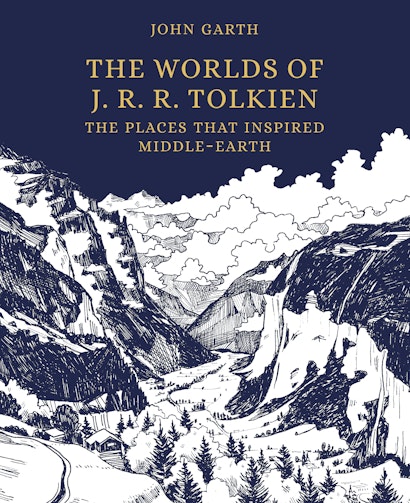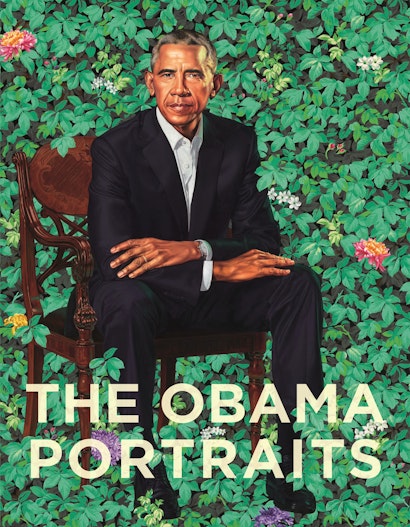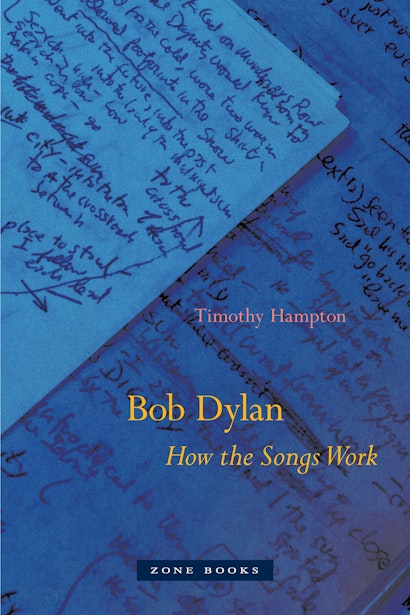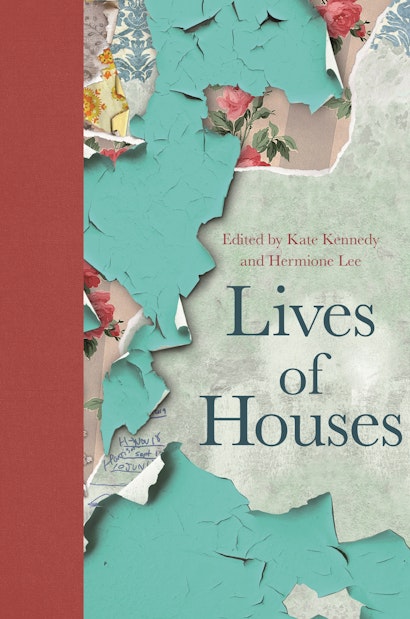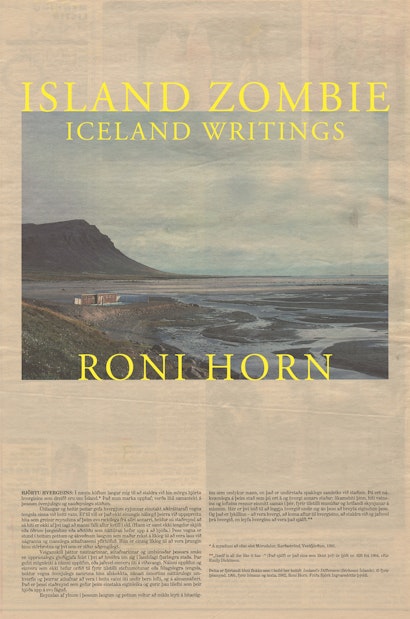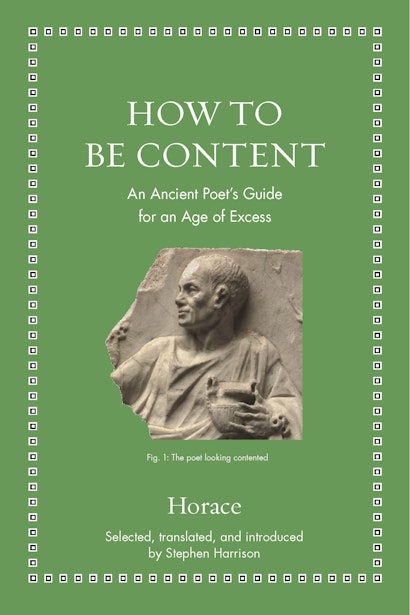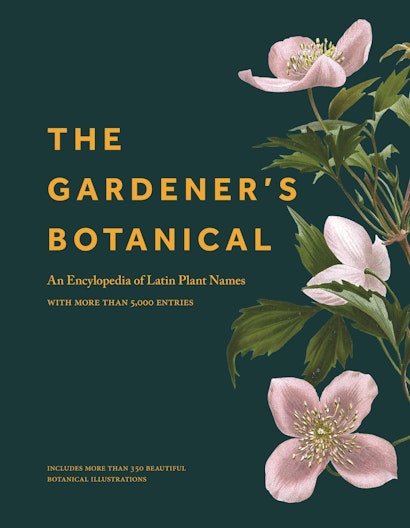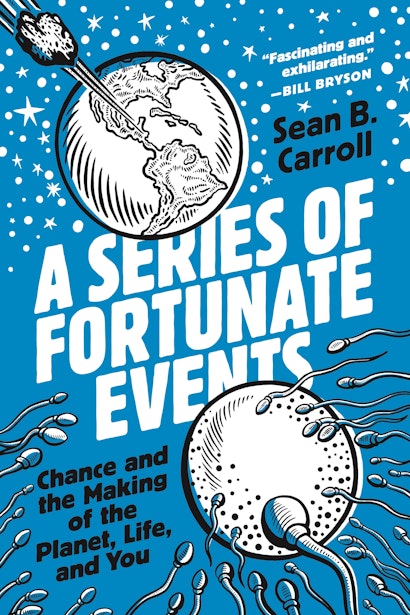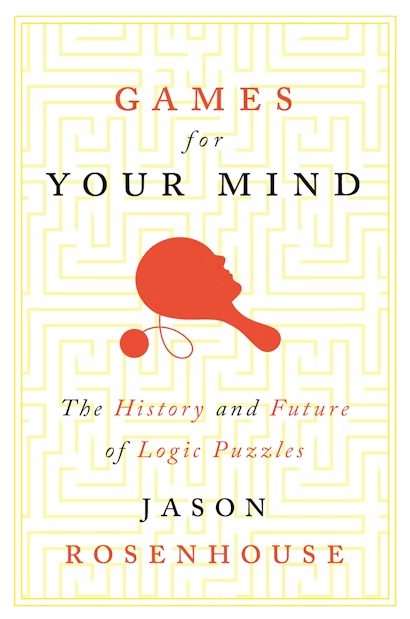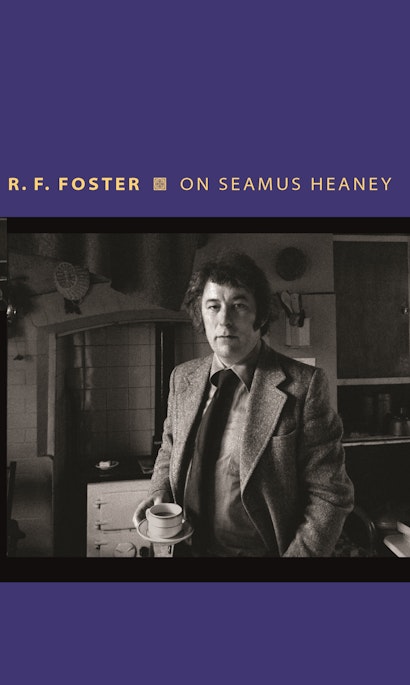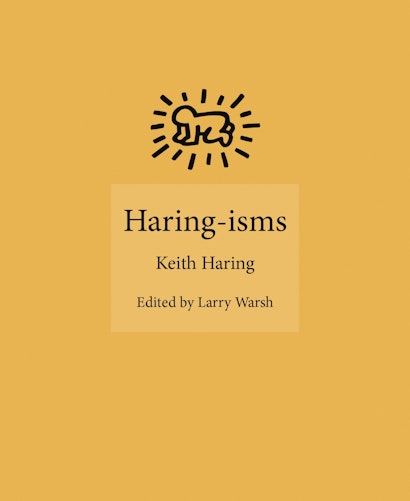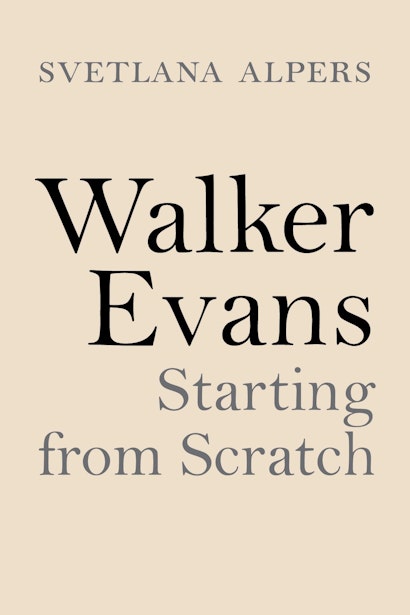Browse our gift recommendations and wrap up a great idea for every reader on your list. Our 2020 suggestions take readers around the globe and into space, reflecting on life and starting conversations along the way. Stay tuned in the coming weeks for additional gift guides for history and biography buffs, curious kids (and adults), the scientifically inquisitive, and for those pondering life’s big questions.
This book takes you to the places that inspired J. R. R. Tolkien to create his fictional locations in The Lord of the Rings, The Hobbit, and other classic works. Written by renowned Tolkien expert John Garth, The Worlds of J. R. R. Tolkien features a wealth of breathtaking illustrations, including Tolkien’s own drawings, contributions from other artists, rare archival images, and spectacular color photos of contemporary locations across Britain and beyond, from the battlefields of World War I to Africa.
From the moment of their unveiling at the National Portrait Gallery in early 2018, the portraits of Barack and Michelle Obama have become two of the most beloved artworks of our time. Kehinde Wiley’s portrait of President Obama and Amy Sherald’s portrait of the former first lady have inspired unprecedented responses from the public, and attendance at the museum has more than doubled as visitors travel from near and far to view these larger-than-life paintings. After witnessing a woman drop to her knees in prayer before the portrait of Barack Obama, one guard said, “No other painting gets the same kind of reactions. Ever.” The Obama Portraits is the first book about the making, meaning, and significance of these remarkable artworks.
Tui De Roy was a year old in 1955 when her family left Europe, boarding a banana boat bound for the Pacific to lead a different sort of life in Galápagos, one of self-sufficiency and living close to nature. She grew up on the islands and returned to them often over the next five decades. Discovering photography at a young age, she has dedicated her life to recording the islands’ natural history in infinite detail. A Lifetime in Galápagos is De Roy’s intimate portrait of one of the most spectacular places on Earth, presenting the wildlife and natural wonders of Galápagos as you have never seen them before.
Bob Dylan’s reception of the 2016 Nobel Prize for Literature has elevated him beyond the world of popular music, establishing him as a major modern artist. However, until now, no study of his career has focused on the details and nuances of the songs, showing how they work as artistic statements designed to create meaning and elicit emotion. Bob Dylan: How the Songs Work (originally published as Bob Dylan’s Poetics) is the first comprehensive book on both the poetics and politics of Dylan’s compositions. It studies Dylan, not as a pop hero, but as an artist, as a maker of songs. Focusing on the interplay of music and lyric, it traces Dylan’s innovative use of musical form, his complex manipulation of poetic diction, and his dialogues with other artists, from Woody Guthrie to Arthur Rimbaud. Moving from Dylan’s earliest experiments with the blues, through his mastery of rock and country, up to his densely allusive recent recordings, Timothy Hampton offers a detailed account of Dylan’s achievement.
What can a house tell us about the person who lives there? Do we shape the buildings we live in, or are we formed by the places we call home? And why are we especially fascinated by the houses of the famous and often long-dead? In Lives of Houses, a group of notable biographers, historians, critics, and poets explores these questions and more through fascinating essays on the houses of great writers, artists, composers, and politicians of the past.
Contemporary artist Roni Horn first visited Iceland in 1975 at the age of nineteen, and since then, the island’s treeless expanse has had an enduring hold on Horn’s creative work. Through a series of remarkable and poetic reflections, vignettes, episodes, and illustrated essays, Island Zombie distills the artist’s lifelong experience of Iceland’s natural environment. Together, these pieces offer an unforgettable exploration of the indefinable and inescapable force of remote, elemental places, and provide a sustained look at how an island and its atmosphere can take possession of the innermost self.
What are the secrets to a contented life? One of Rome’s greatest and most influential poets, Horace (65–8 BCE) has been cherished by readers for more than two thousand years not only for his wit, style, and reflections on Roman society, but also for his wisdom about how to live a good life—above all else, a life of contentment in a world of materialistic excess and personal pressures. In How to Be Content, Stephen Harrison, a leading authority on the poet, provides fresh, contemporary translations of poems from across Horace’s works that continue to offer important lessons about the good life, friendship, love, and death.
Scientific plant names are an invaluable tool for those who understand them. Formed from Greek and, more commonly, from Latin root words, not only do they make it possible for gardeners and botanists to communicate, they also contain a wealth of hidden information. The Gardener’s Botanical is the key to unlocking these secrets. This guide contains a breathtaking array of botanical names in alphabetical order. Each word is listed with a pronunciation guide, definition, example plant, and, where appropriate, etymology.
Why is the world the way it is? How did we get here? Does everything happen for a reason or are some things left to chance? Philosophers and theologians have pondered these questions for millennia, but startling scientific discoveries over the past half century are revealing that we live in a world driven by chance. A Series of Fortunate Events tells the story of the awesome power of chance and how it is the surprising source of all the beauty and diversity in the living world.
Logic puzzles were first introduced to the public by Lewis Carroll in the late nineteenth century and have been popular ever since. Games like Sudoku and Mastermind are fun and engrossing recreational activities, but they also share deep foundations in mathematical logic and are worthy of serious intellectual inquiry. Games for Your Mind explores the history and future of logic puzzles while enabling you to test your skill against a variety of puzzles yourself.
Shining a light on the most profound insights revealed by modern physics, Jim Al-Khalili invites us all to understand what this crucially important science tells us about the universe and the nature of reality itself. Al-Khalili begins by introducing the fundamental concepts of space, time, energy, and matter, and then describes the three pillars of modern physics—quantum theory, relativity, and thermodynamics—showing how all three must come together if we are ever to have a full understanding of reality. Using wonderful examples and thought-provoking analogies, Al-Khalili illuminates the physics of the extreme cosmic and quantum scales, the speculative frontiers of the field, and the physics that underpins our everyday experiences and technologies, bringing the reader up to speed with the biggest ideas in physics in just a few sittings.
The most important Irish poet of the postwar era, Seamus Heaney rose to prominence as his native Northern Ireland descended into sectarian violence. A national figure at a time when nationality was deeply contested, Heaney also won international acclaim, culminating in the Nobel Prize for Literature in 1995. In On Seamus Heaney, leading Irish historian and literary critic R. F. Foster gives an incisive and eloquent account of the poet and his work against the background of a changing Ireland.
Keith Haring remains one of the most important and celebrated artists of his generation and beyond. Through his signature bold graphic line drawings of figures and forms dancing and grooving, Haring’s paintings, large-scale public murals, chalk drawings, and singular graffiti style defined an era and brought awareness to social issues ranging from gay rights and AIDS to drug abuse prevention and a woman’s right to choose. Haring-isms is a collection of essential quotations from this creative thinker and legendary artist.
Walker Evans (1903–75) was a great American artist photographing people and places in the United States in unforgettable ways. He is known for his work for the Farm Security Administration, addressing the Great Depression, but what he actually saw was the diversity of people and the damage of the long Civil War. In Walker Evans, renowned art historian Svetlana Alpers explores how Evans made his distinctive photographs. Delving into a lavish selection of Evans’s work, Alpers uncovers rich parallels between his creative approach and those of numerous literary and cultural figures, locating Evans within the wide context of a truly international circle.

